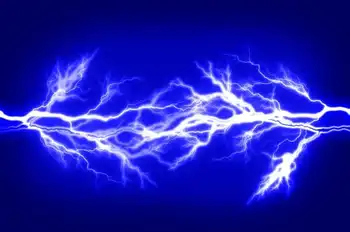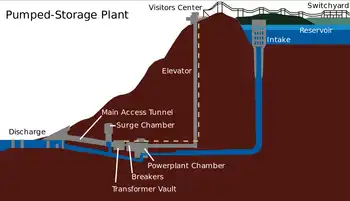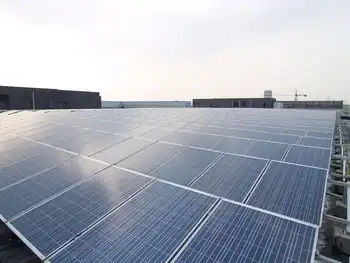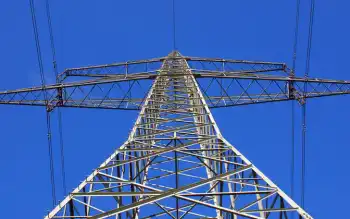Hydro-Quebec to build natural gas power plant
- Hydro-Quebec, North America's largest electricity producer, said Tuesday it planned to build a natural gas power plant in the Montreal area to avoid an expected power crunch in 2005-2006.
The C$500 million ($320 million) plant will be erected in Beauharnois on the south shore of Montreal and should have a capacity of 800 megawatts per hour or about 6.5 terawatts.
The power plant is set to open in 2006 if provincial regulations are met. Some 500 jobs are expected to be created and construction should begin in 2003.
Hydro-Quebec, owned by the provincial government, said the new plant will be the only one in the province to operate year-round on natural gas.
Hydro-Quebec chief executive officer Andre Caille said the move was not a change of strategy for the power company but a diversification of its production.
"This will not replace or delay the construction of electricity projects," he told a news conference, adding that the cheap cost of natural gas had motivated Hydro-Quebec's decision.
The Montreal plant is expected to help the Canadian province avoid a power shortage in 2005-2006, as power consumption is expected to rise by 1.6 percent per year.
"This will represent an insurance policy and a useful tool to counter the risk (of low water reserves)," Quebec Natural Resources Minister Jacques Brassard said.
Quebec Premier Bernard Landry said Hydro-Quebec was planning to increase capacity from 40,000 to 50,000 megawatts per hour as soon as possible.
The Quebec provincial government and power giant Hydro-Quebec said last week they will fund studies to build a C$1 billion ($650 million) hydro-electricity plant in northern Quebec. Hydro is eyeing the construction of a 450-megawatt plant on the Peribonka river, in the Lac St-Jean area, about 300 km (190 miles) north of Quebec City.
($1- 1.57$ Canadian)
Related News

China to build 2,000-MW Lawa hydropower station on Jinsha River
BEIJING - China has approved construction of the 2,000-MW Lawa hydropower station on the Jinsha River, multiple news agencies are reporting.
Lawa, at the junction of Sichuan province and the Tibet autonomous region, will feature a 784-foot-high dam and the reservoir will submerge about 12 square miles of land. The Jinsha River is a tributary of the Yangtze River.
The National Development and Reform Commission of the People’s Republic of China is reported to have said that four turbine-generator units will be installed, and the project is expected to produce about 8.36 billion kWh of electricity annually.
Total investment in the project is…




